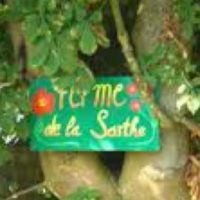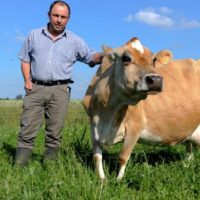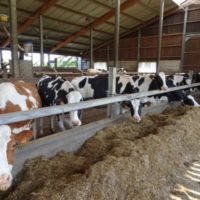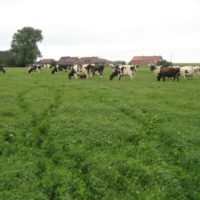Use of several methods of grazing management to improve grass intake and preserve the soil and the sward
Practice abstract
Description
In this cattle-rearing farm settled in Vendee (western France) the farmer aims to a high use of grazed grass without degrading the soils and the grassland sward. The whole agricultural area is used to produce forage with 90% of grasslands and 10% of cereals and legumes mixture for silage. The farmer is very interested in grass and soil conservation, and he takes part in a farmers’ discussion group on this topic, learning in a peer-to-peer environment.
Grazing management is consistent with the grassland quality and the needs of different batches of animals. Some practices identified are:
- Strip-stocking to reduce grass waste
- During spring, the best plots are allocated to suckler cows with their calves. Then, another batch with lower feeding needs graze afterwards, especially in late spring (from June on).
- Grazing of grasslands at ear emergence: these plots are grazed during winter and in April (so that the cows do not eat the ears). Plots are grazed again by pregnant cows in late July or August (after 100 or 120 days of regrowth). This technique allows to increase the sward density by a “natural” overseeding, preserving the soil during summer.
The forage production achieved in this way is similar to that of a non-irrigated maize: 10–12 tons of dry matter per hectare.
Overseeding is also carried out to improve sward composition, using a mixture of cereals and legumes with other grassland species to limit the mechanization costs per dry matter of produced forage.
So far, the local climate is an asset for the farm system with favourable temperatures at the beginning of the grazing period and a great annual rainfall. Nevertheless, climate changing with increasing dry periods is a threat for this grass-based system.
Additional information
| Farming system | conventional farming |
|---|---|
| Domains of innovation | grazing management system |
| Main types of animal | beef cattle, meat sheep |
| Country | France |
| Product type | Practice abstract |
| Language | English |




